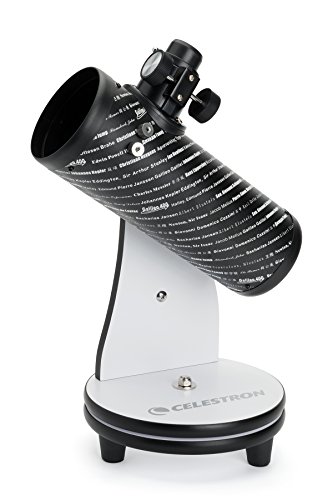NASA Astronomy Picture of the Day 12 April 2023: Star cloud in the Andromeda Galaxy
Today’s NASA Astronomy Picture of the Day is the star cloud NGC 206 in the Andromeda Galaxy.
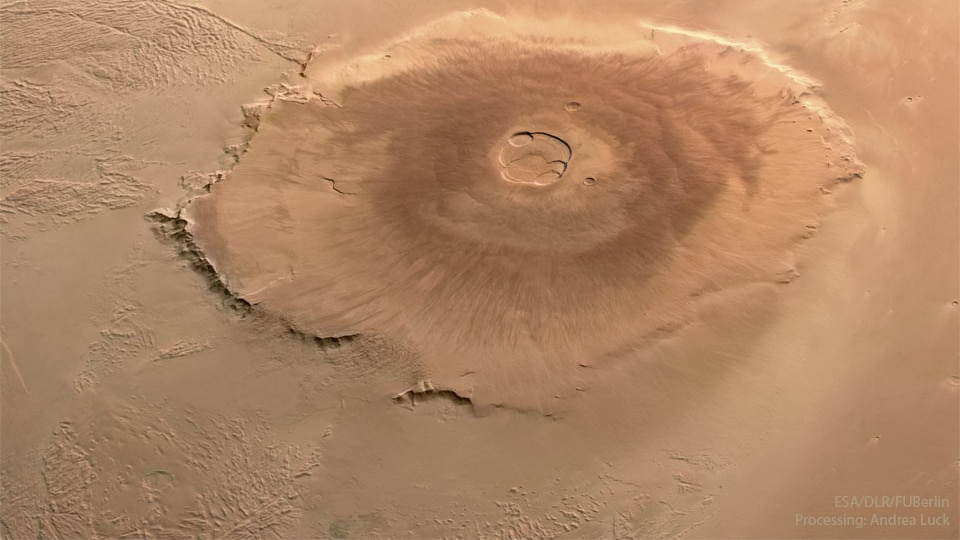
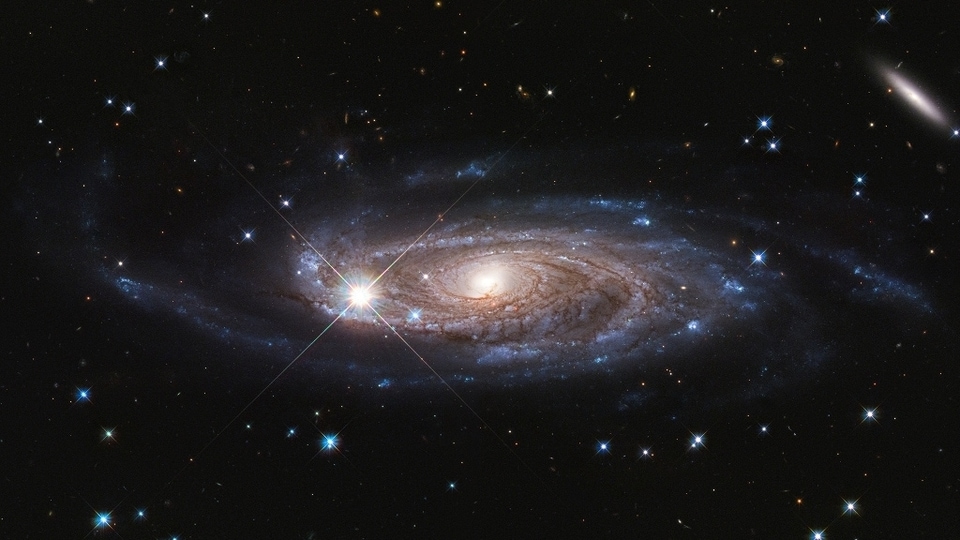
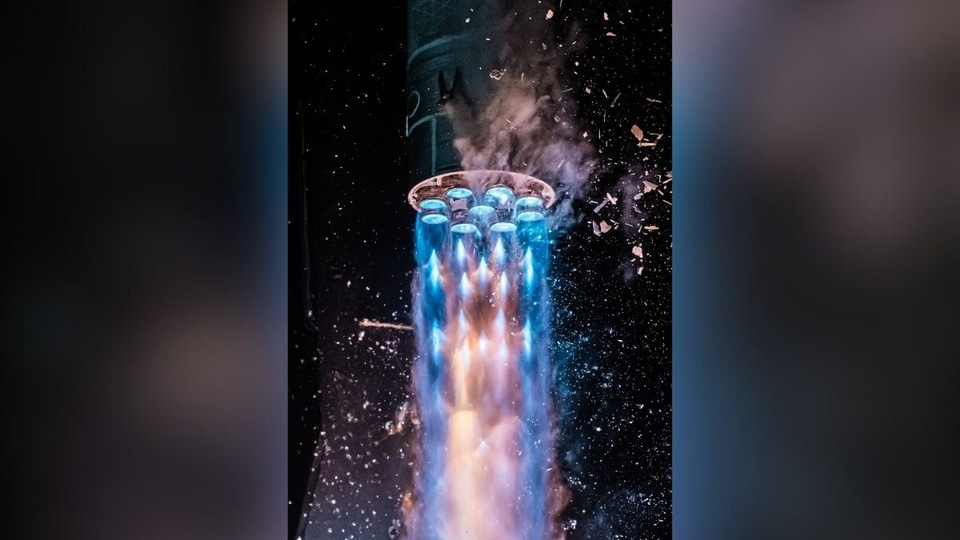
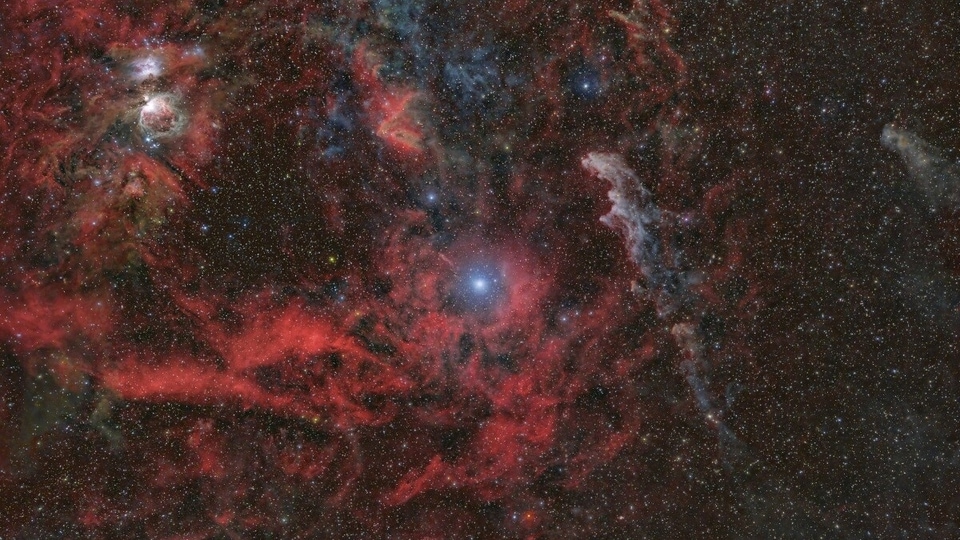
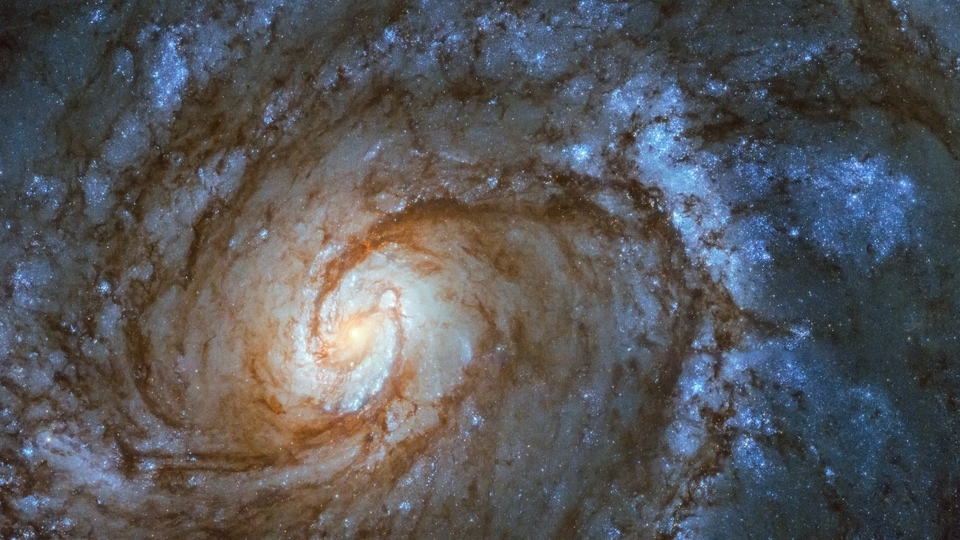
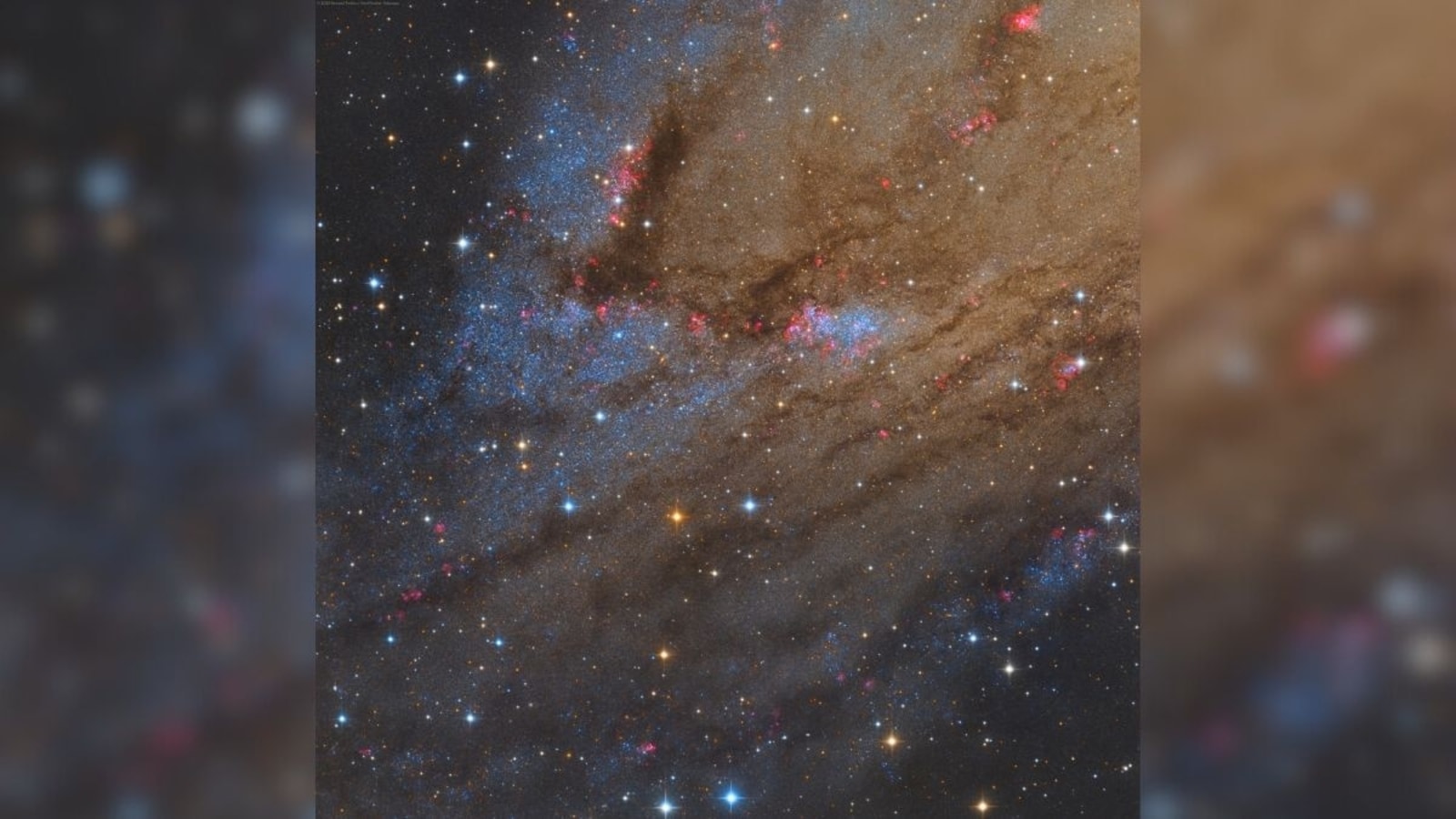
 View all Images
View all ImagesThe Andromeda Galaxy is home to several interesting objects, including globular clusters, planetary nebulae, and supernovae. It is one of the most distant, yet easily visible objects to the eye. Since Andromeda is one of the most easily seen celestial objects, it is unclear who discovered it. However, the first written observation of the Andromeda Galaxy can be found in Persian astronomer Abd al-rahman al-Sufi's The Book of Fixed Stars which dates back to the year 964.
Today's NASA Astronomy Picture of the Day is the star cloud NGC 206 in the Andromeda Galaxy. It is the brightest star cloud in the galaxy as seen from Earth. Also known as Messier 31, it is a spiral galaxy located approximately 2.5 million light-years away from Earth in the constellation Andromeda. According to NASA, the Andromeda Galaxy is twice the size of our own Milky Way galaxy, spanning across nearly 260,000 light-years and containing over 1 trillion stars.
The picture was captured by astrophotographer Howard Trottier, an Emeritus Professor of Physics at Simon Fraser University in Vancouver, Canada.
NASA's description of the picture
The large stellar association cataloged as NGC 206 is nestled within the dusty arms of the neighboring Andromeda galaxy along with the galaxy's pinkish star-forming regions. Also known as M31, the spiral galaxy is a mere 2.5 million light-years away. NGC 206 is found right of center in this sharp and detailed close-up of the southwestern extent of Andromeda's disk. The bright, blue stars of NGC 206 indicate its youth.
In fact, its youngest massive stars are less than 10 million years old. Much larger than the open or galactic clusters of young stars in the disk of our Milky Way galaxy, NGC 206 spans about 4,000 light-years. That's comparable in size to the giant stellar nurseries NGC 604 in nearby spiral M33 and the Tarantula Nebula in the Large Magellanic Cloud.
Catch all the Latest Tech News, Mobile News, Laptop News, Gaming news, Wearables News , How To News, also keep up with us on Whatsapp channel,Twitter, Facebook, Google News, and Instagram. For our latest videos, subscribe to our YouTube channel.

